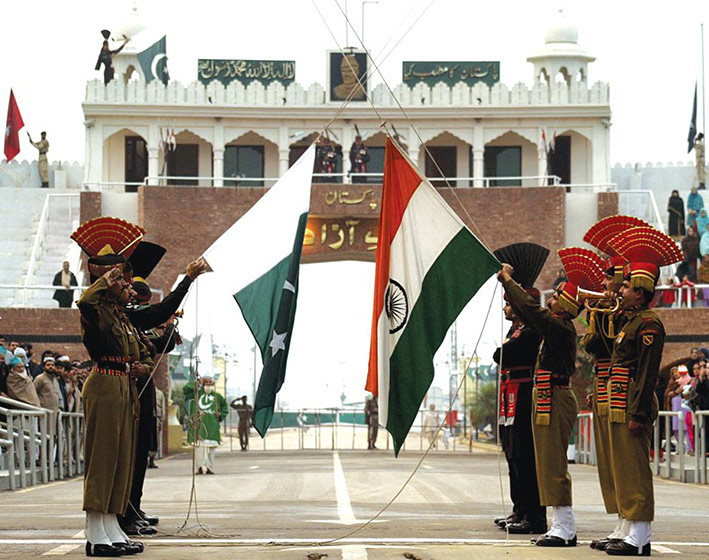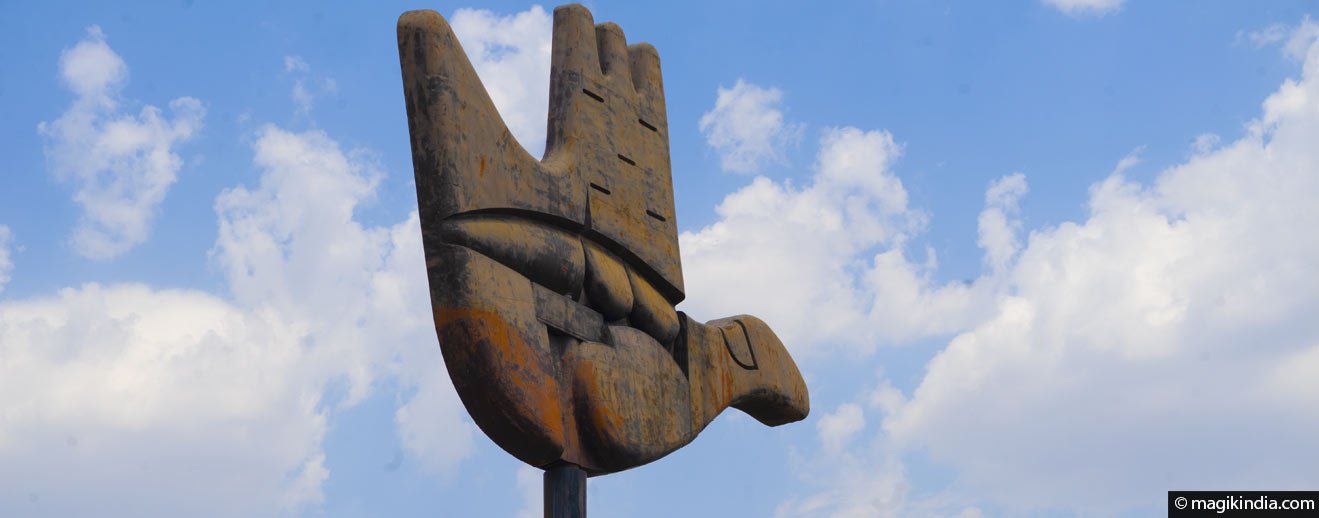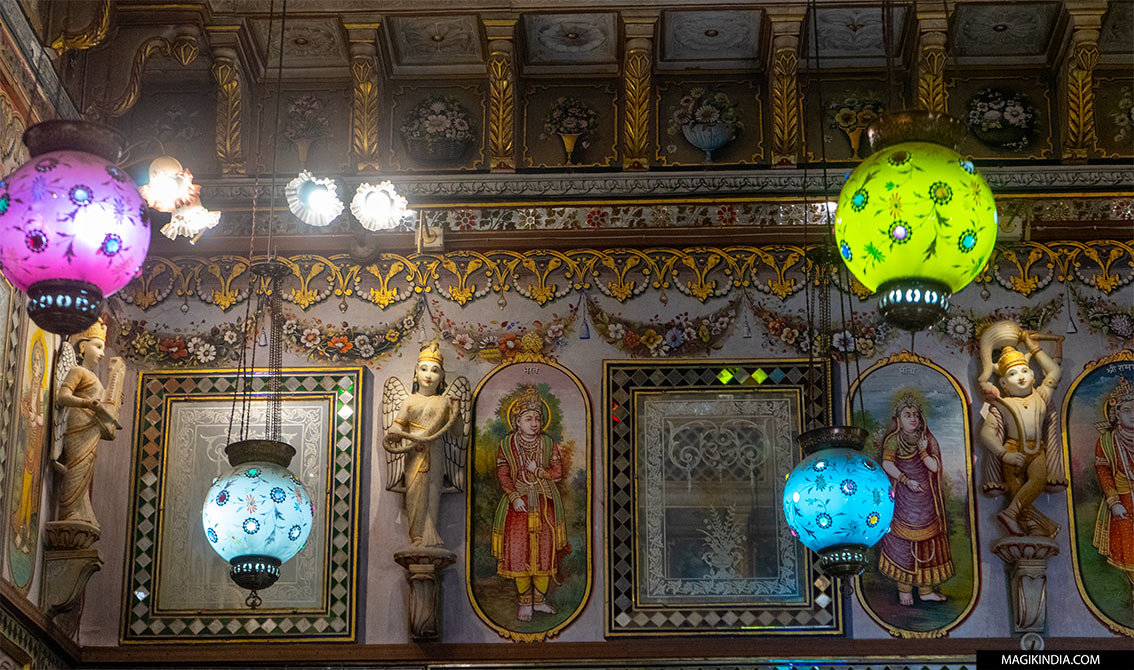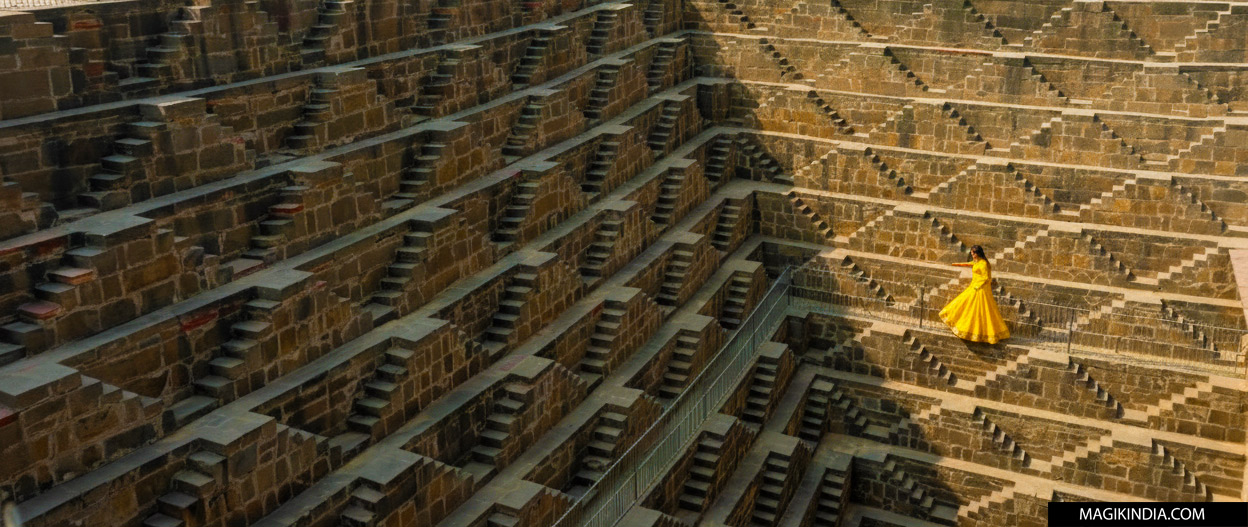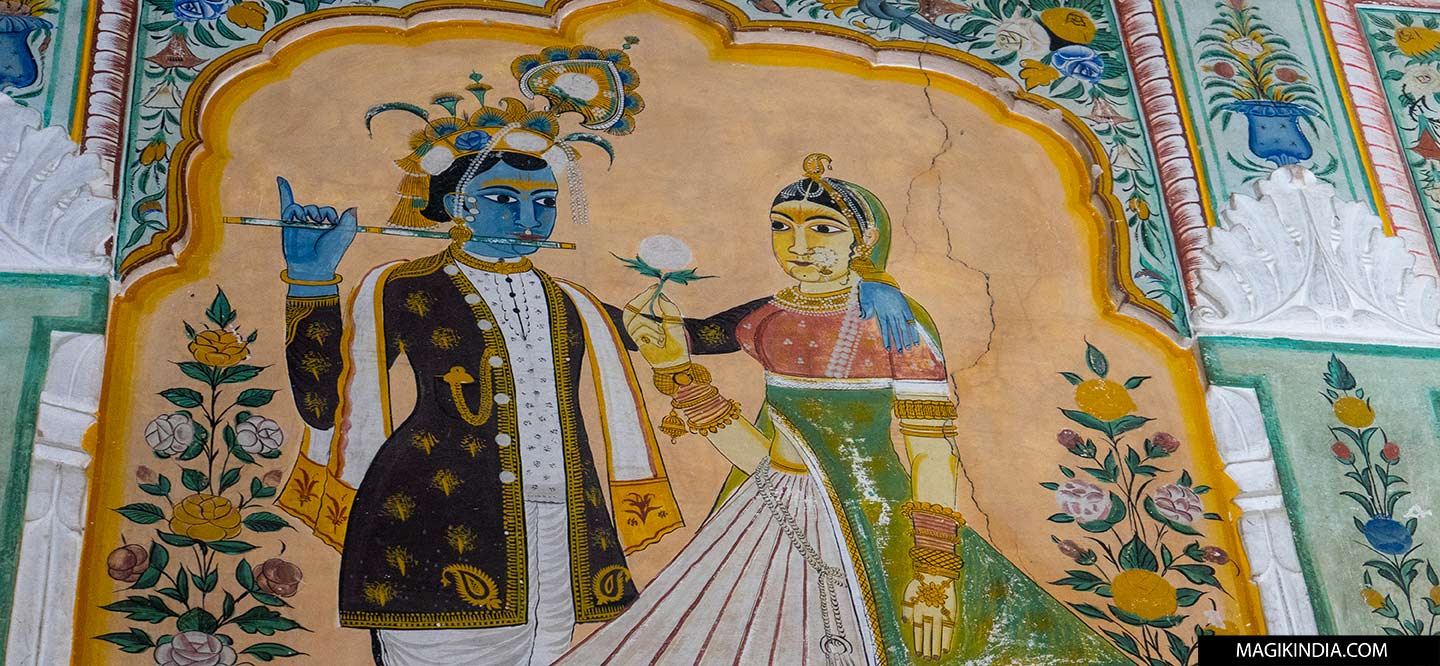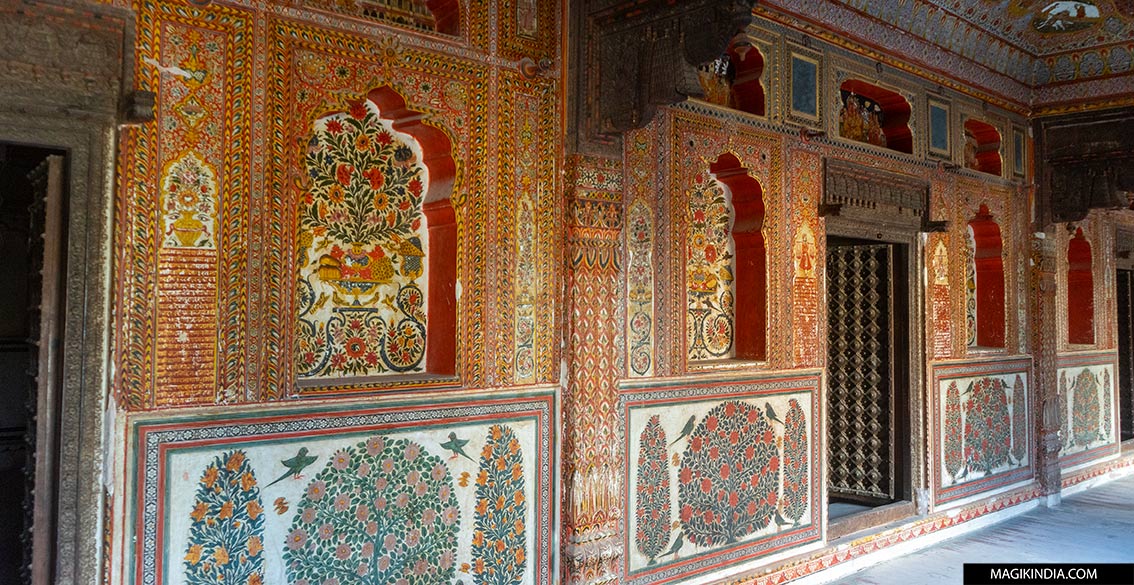
Amritsar, the golden temple of the sikh faith
Just as Agra is known for the magnificent Taj Mahal, Amritsar too has its emblematic monument, the famous Golden Temple, spiritual and cultural centre of the Sikh religion. Amritsar (“nectar of immortality”) is also called Guru Nagri, “city of gurus”, referring to the spiritual leaders of the Sikh religion. As well as the famous Golden Temple this holy city offers such sights as the Durgiana temple and the more unusual Lal Devi temple (Lal Devi was a 20th-century woman saint).
And now, let’s visit Amritsar!
Harmandir Sahib, Golden Temple
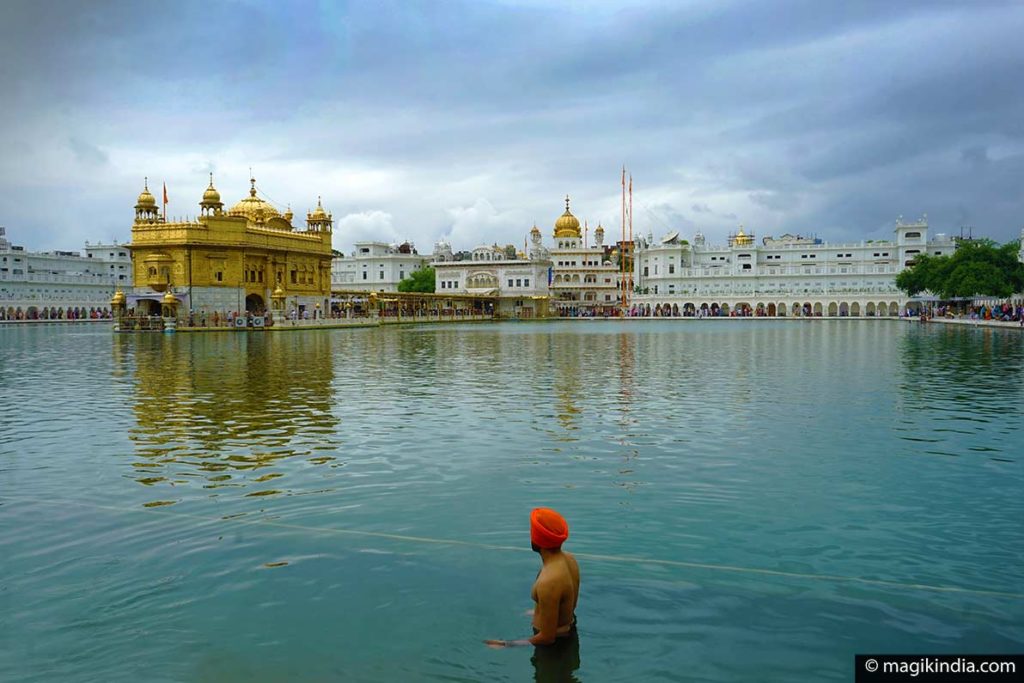
The Harmandir Sahib (“Temple of God”), nicknamed the Golden Temple for its covering of real gold, is the holiest of the Sikh temples or gurdwaras. It houses Sikhism’s holiest scripture, the Guru Granth Sahib.
In 1578 Ram Das (the fourth Sikh guru) had an artificial lake dug – a holy tank. It was called Amritsar, “pool of the nectar of immortality”, and gave its name to the town that grew up around it.
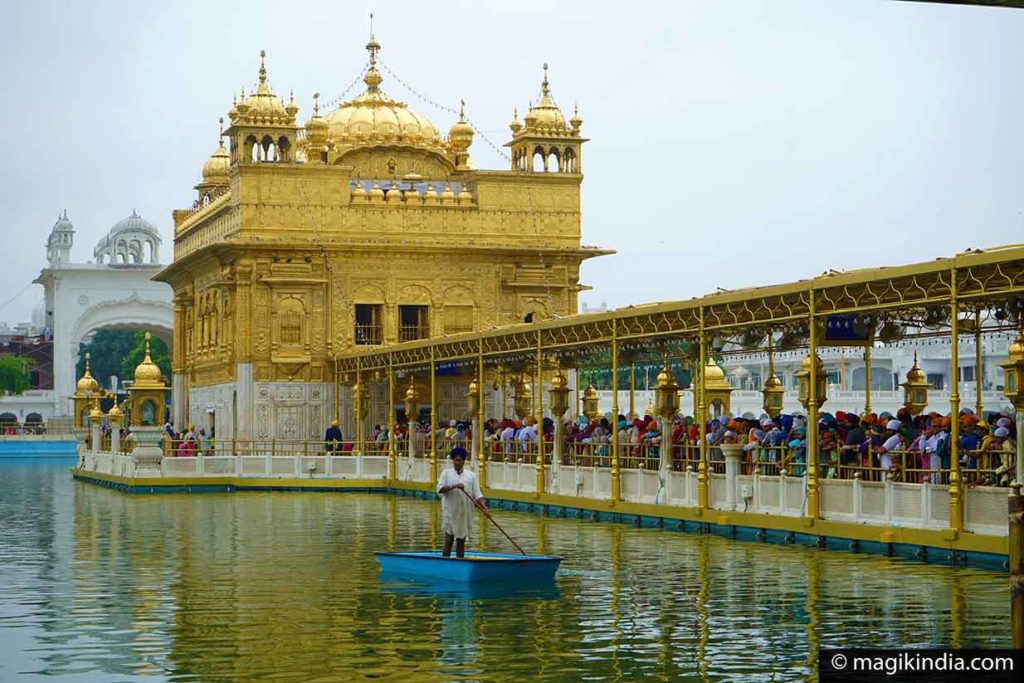
The Harmandir Sahib was built in the middle of the lake. It was designed by Arjan, the fifth Sikh guru. The Sufi saint Sai Hazrat Mian Mir laid its foundation stone in 1588 and it was completed in 1604. It became Sikhism’s chief spiritual centre.
The temple was attacked by Afghans in the mid-18th century, and was rebuilt in the 1760s by Jassa Singh Ahluwalia.
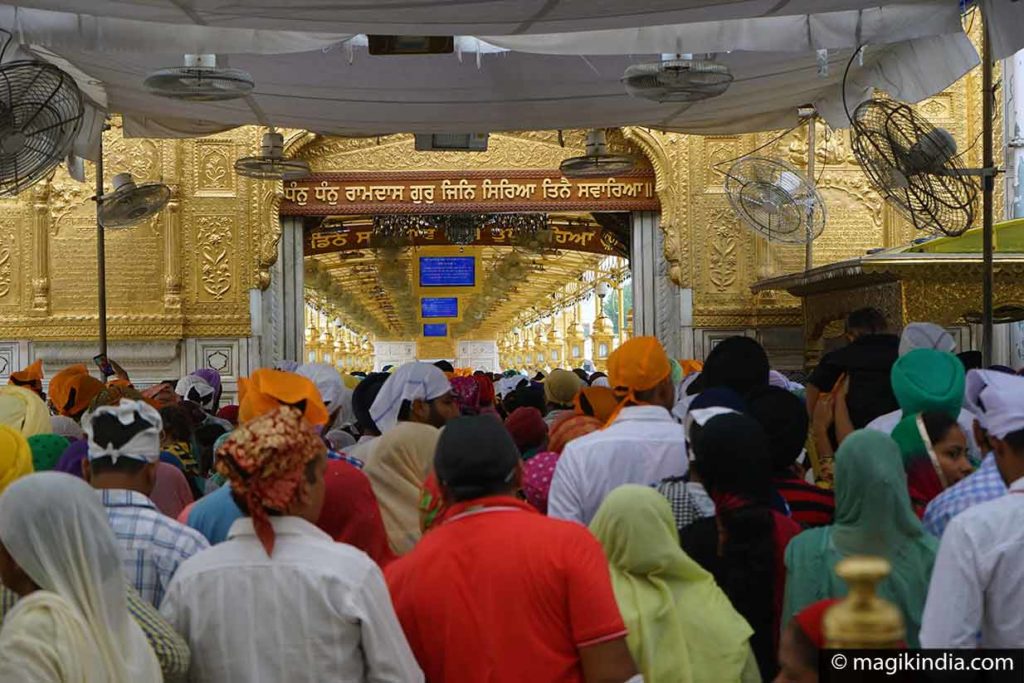
In the early 20th century Maharaja Ranjit Singh had the upper storeys of the gurdwara covered in gold leaf, giving it the remarkable appearance it has today and its familiar name, the Golden Temple.

Sri Harimandir Sahib is not only the Sikhs’ most important place of prayer, it is also a symbol of fraternity and equality. Anyone can come here in search of spiritual consolation, regardless of their caste, race or beliefs.
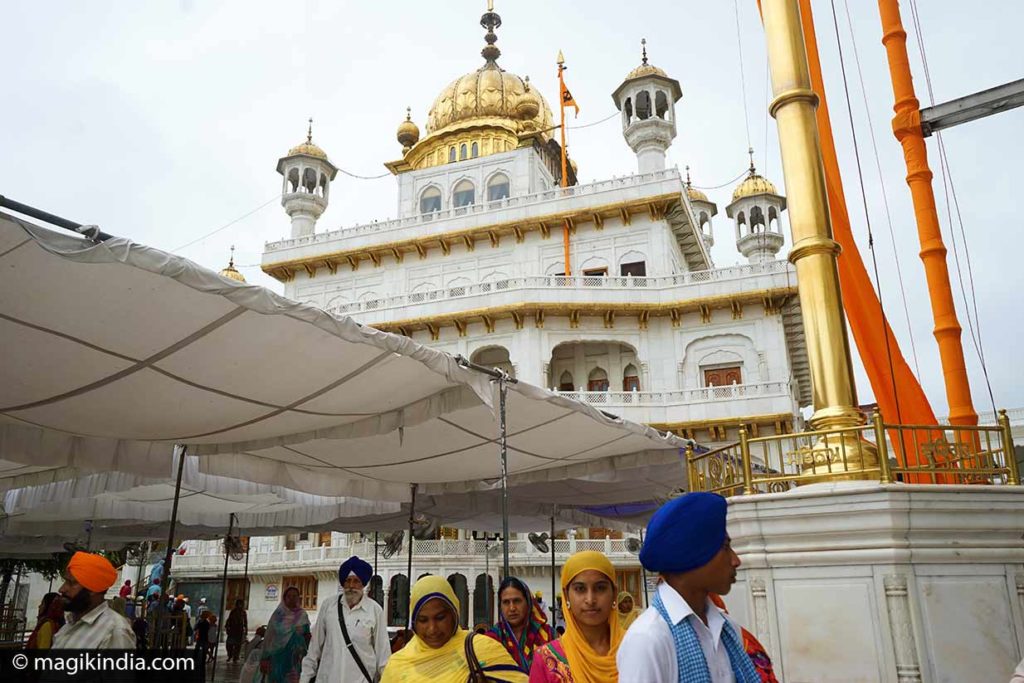
The temple’s unique architecture is a demonstration of that tolerance. Built below the town, the gurdwara teaches a lesson of humility and egalitarianism. Its four entrances, facing in the four directions, indicate that people from all places, backgrounds and walks of life are welcome.
Over 100,000 people per day visit the temple, to worship but also to take part in the communal cooking and the free meal (langar) which is a feature of all Sikh temples.
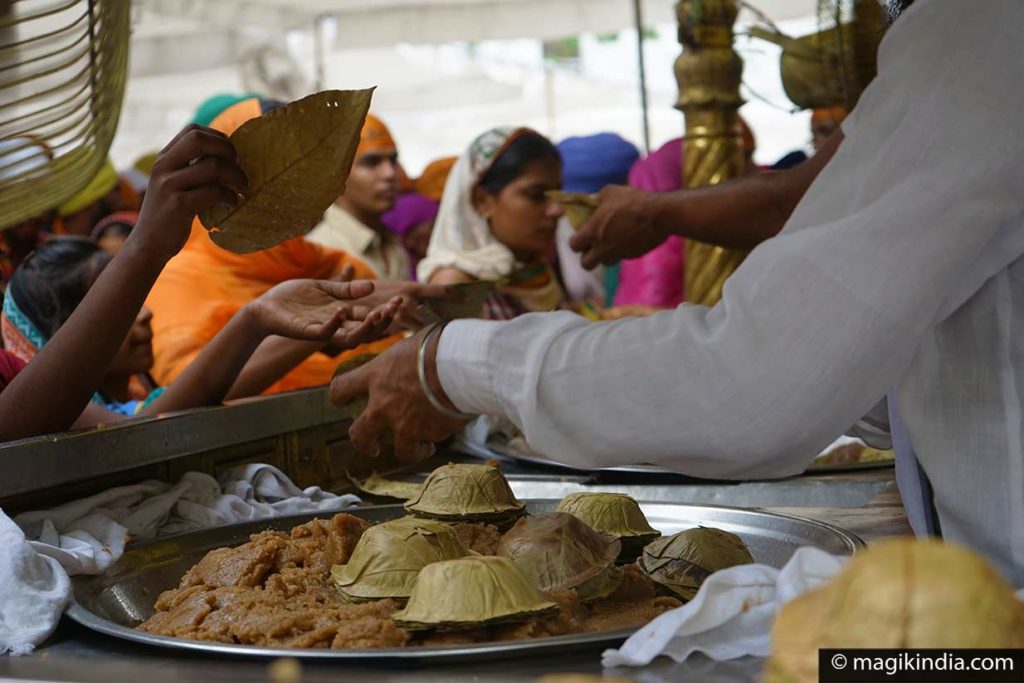
Durgiana Temple
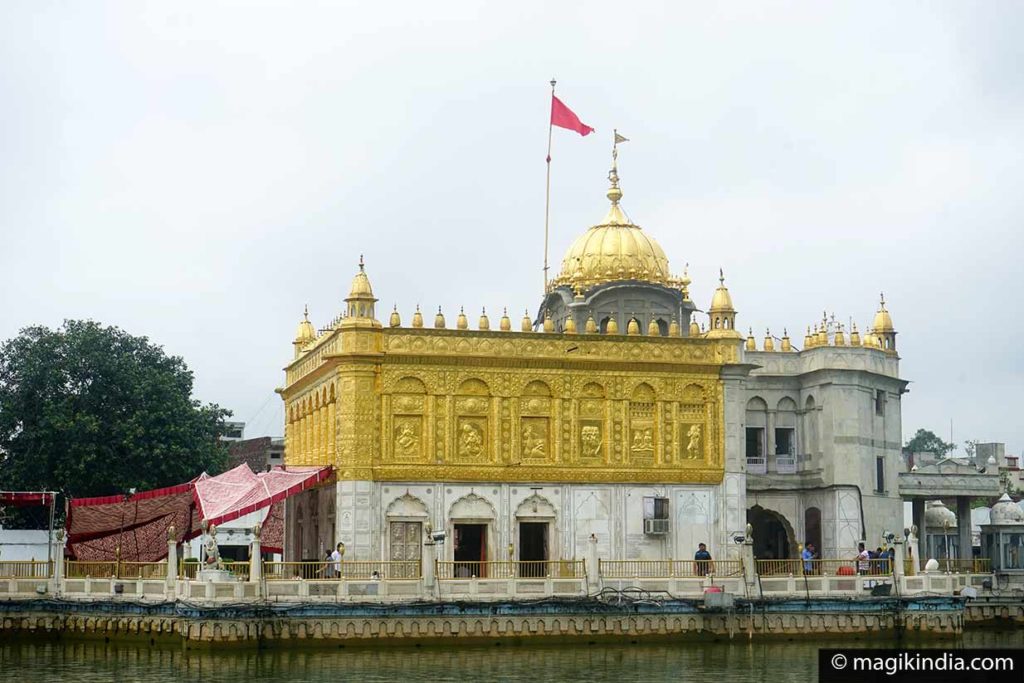
The Durgiana temple near the Lohgarh gate is an almost identical copy of the Golden Temple and is also located in the middle of a sacred lake.
In fact it is a Hindu temple named after the warrior goddess Durga. It also boasts idols of Lakshmi (goddess of prosperity) and Vishnu (protector of the world) and is sometimes called the Lakshmi Narayana. It attracts many pilgrims.
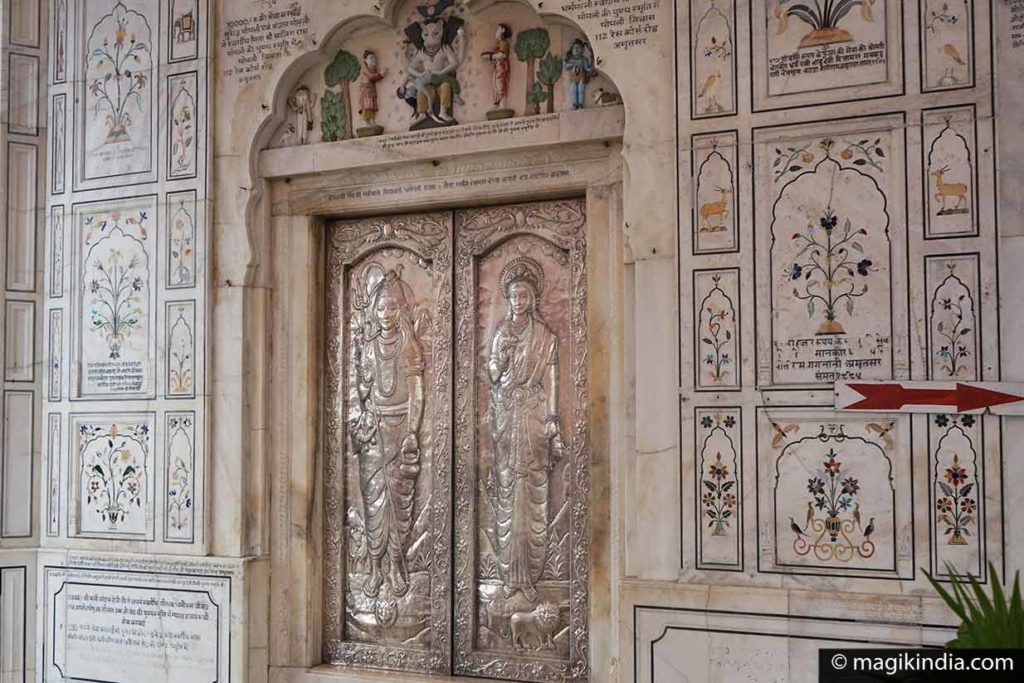
The original Durgiana temple is said to have been build in the 16th century but it was rebuilt in the architectural style of the Sikh temple in 1921, by Harsai Mal Kapoor.
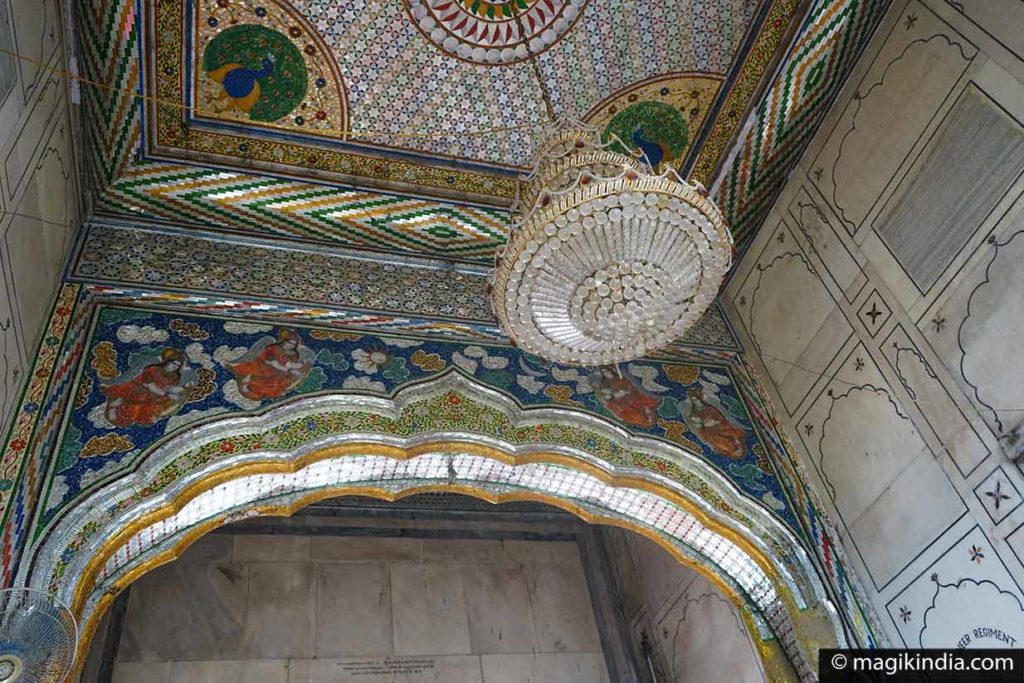
Mata Lal Devi Temple
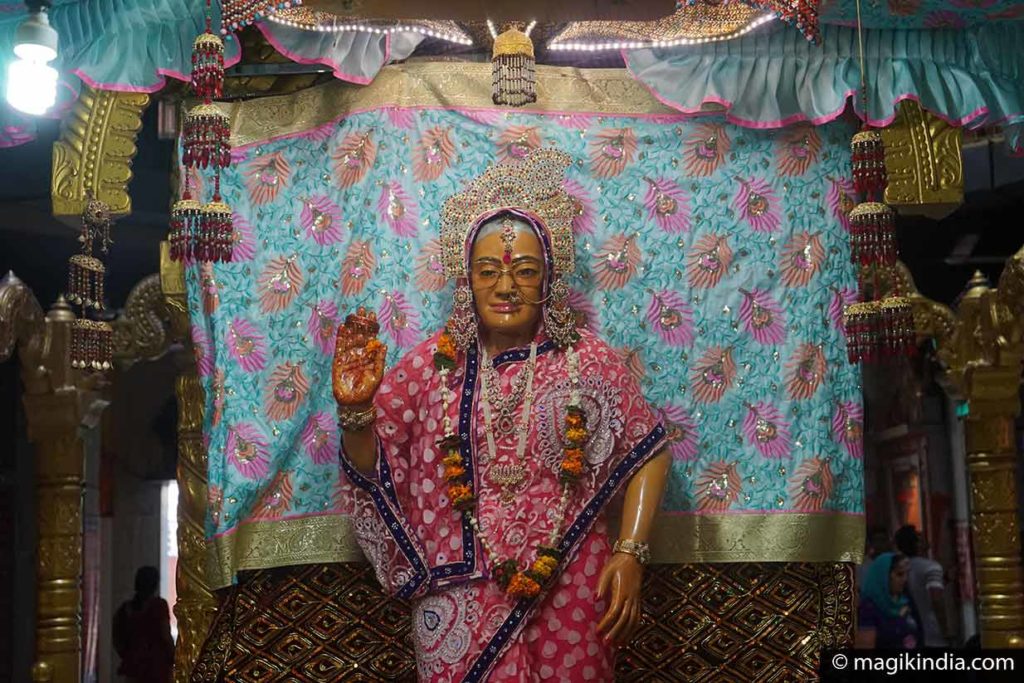
This unusual, eclectic temple in the Rani Ka Bagh district is dedicated to a 20th-century woman guru widely regarded as a saint: Mata Lal Devi Ji, popularly known as Pujya Mata Ji.

She was born in Lahore (now in Pakistan) in 1923 and settled in Amritsar after the partition of India. She died in 1994. Lal Devi was what Hindus call a brahmacharini – a renunciate who consumes nothing but milk and fruit.
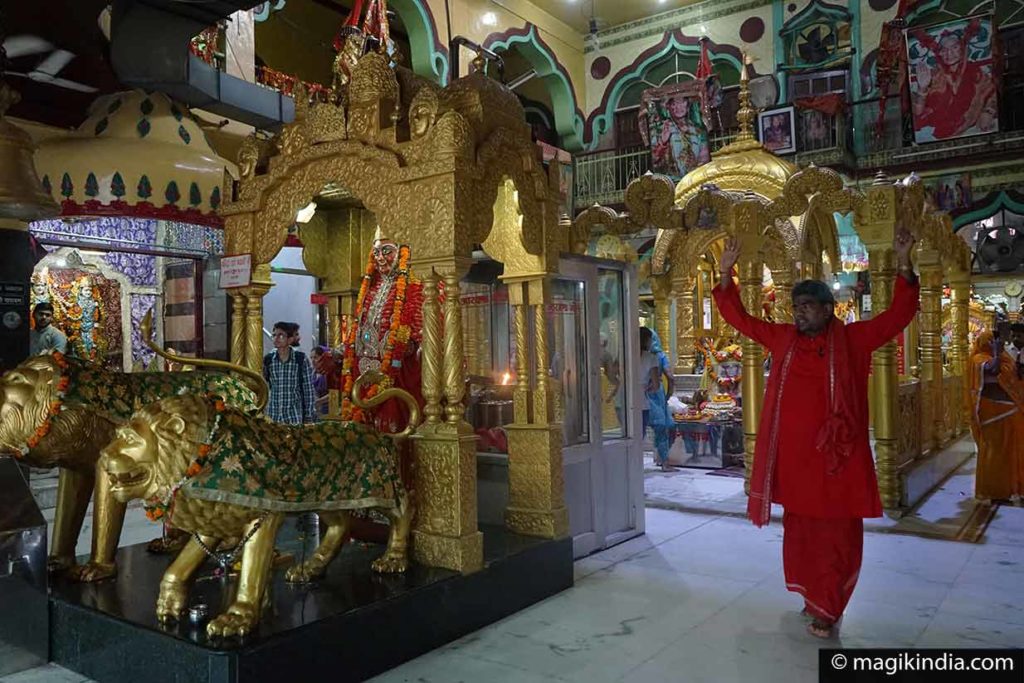
The vast three-storey temple was built in 1989. It includes numerous shrines, grottos and replicas of famous Indian temples such as the Vaishno Devi temple. Mata Lal Devi wanted everyone to be able to visit these shrines.
The temple is now a major place of pilgrimage in Amritsar, especially for women hoping for a child.
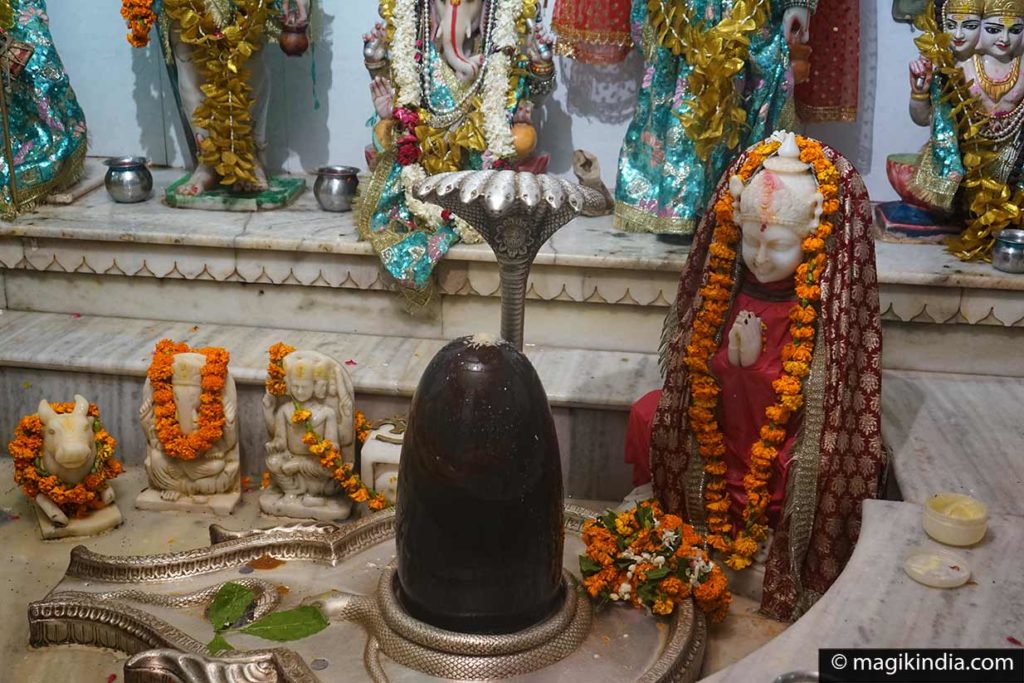
Jallianwala Bagh
Jallianwala Bagh near the Golden Temple is a public garden housing a memorial of national importance. Built by the Indian government in 1951, it commemorates the massacre of innocents by the British occupation forces on 13 April 1919, day of the Punjabi New Year.

Brigadier-general Dyer was convinced a major insurrection was forthcoming and had banned all public gatherings. But the ban was not widely publicised. It was the day of Baisakhi, the main Sikh festival, and many villagers had gathered in the Jallianwala Bagh garden. On hearing that a meeting had assembled there, Dyer went with fifty riflemen and ordered them to fire on the crowd. Dyer continued until the ammunition supply was exhausted. Official Indian sources cite over 1500 casualties with approximately 1000 dead.

Khalsa College
Khalsa College is worth a look both as a historic university and for its Indo-Saracenic architecture.
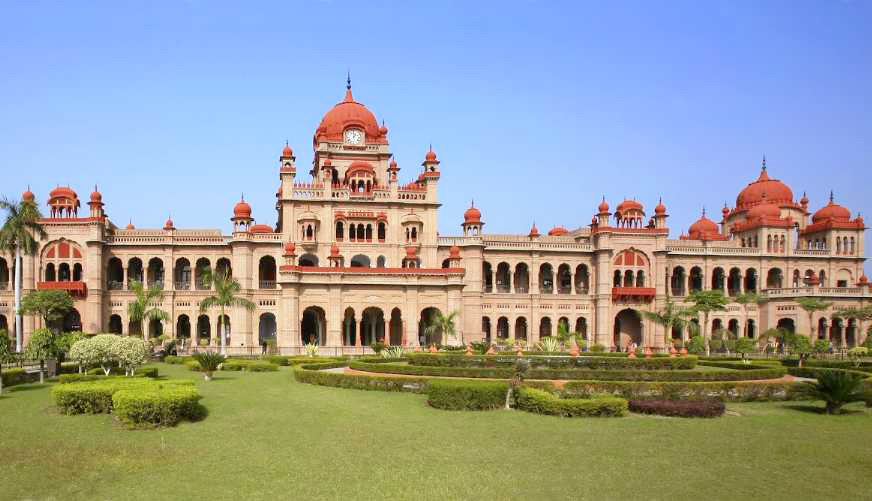
The college was built in 1892, under the British Raj, to provide higher education for Sikh and Punjabi students. It was designed by the well-known architect Bhai Ram Singh in a tasteful blend of Victorian, Mughal and Sikh styles.
Khalsa University is also a symbol of freedom because it produced many famous activists who fought for India’s independence, including political leaders, generals, scientists, writers and journalists.
Sri Ram Tirath Temple (10km)
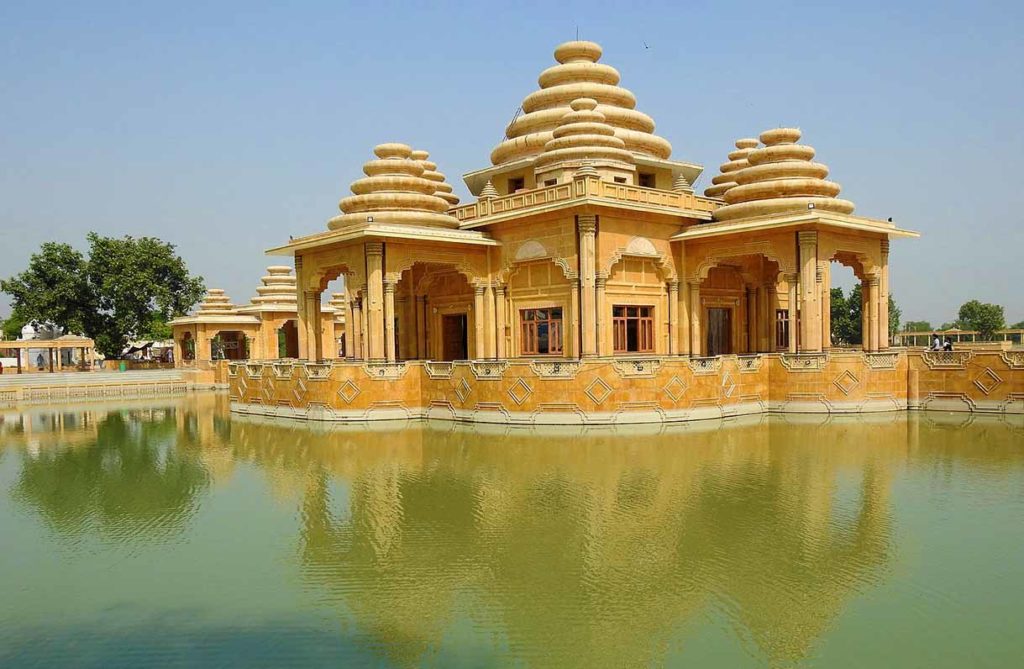
This Rama temple 10km west of Amritsar is of major religious and historical importance for Hindus. It is said to have been built in the place where the sage Valmiki wrote down the great Ramayana epic and where Sita and Rama’s twin sons Luv and Kush were born.
According to the legend, when Lord Rama banned his spouse Sita from Ayodhya after false rumours of infidelity, she came here and took refuge in Valmiki’s hermitage.
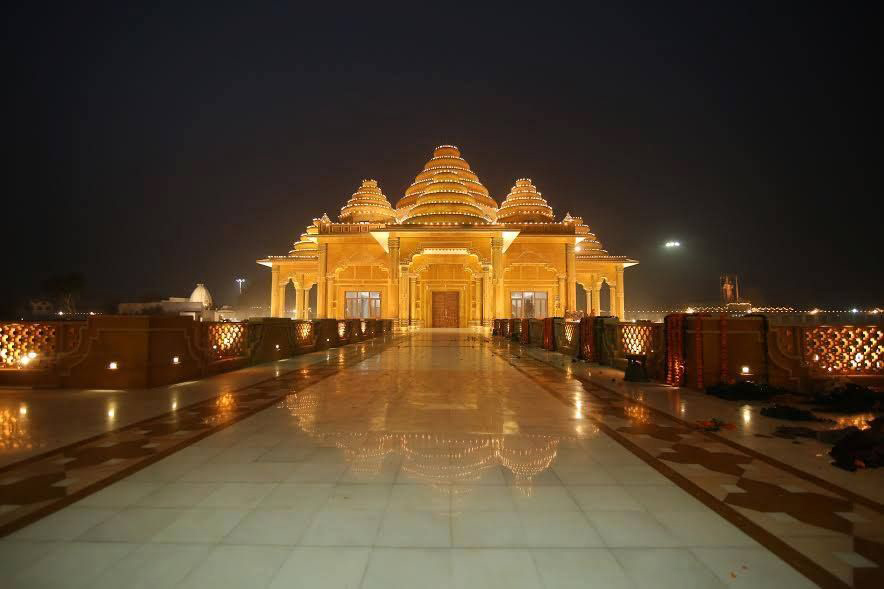
It is said that Valmiki took on the education of Ram and Sita’s sons. The temple complex includes a hut where the goddess gave birth to her twins and a tank supposed to have been dug by the monkey god Hanuman. It also houses statues representing scenes from the Ramayana.
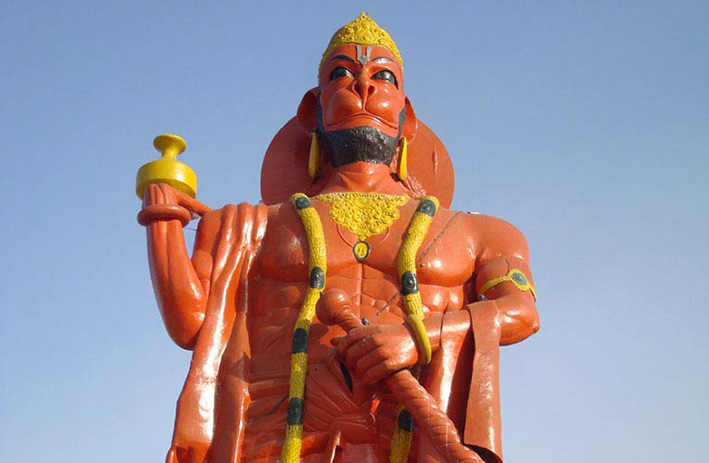
There are other temples tucked away in the neighbourhood. At full moon in November there is a four-day fair at the Ram Tirath temple.
Wagah Border ceremony (30km)
Even if, like me, you’re not a great fan of military parades, you might find this one worth seeing. It is linked to the partition of India, an event of key historical importance.

Wagah is a village close to the border between India and Pakistan (the Radcliffe Line). The 1947 partition of India and Pakistan led to the marking of a long white line that defines the Wagah Border between the two neighbours, separated by two heavy gates about 2 meters apart on either side.
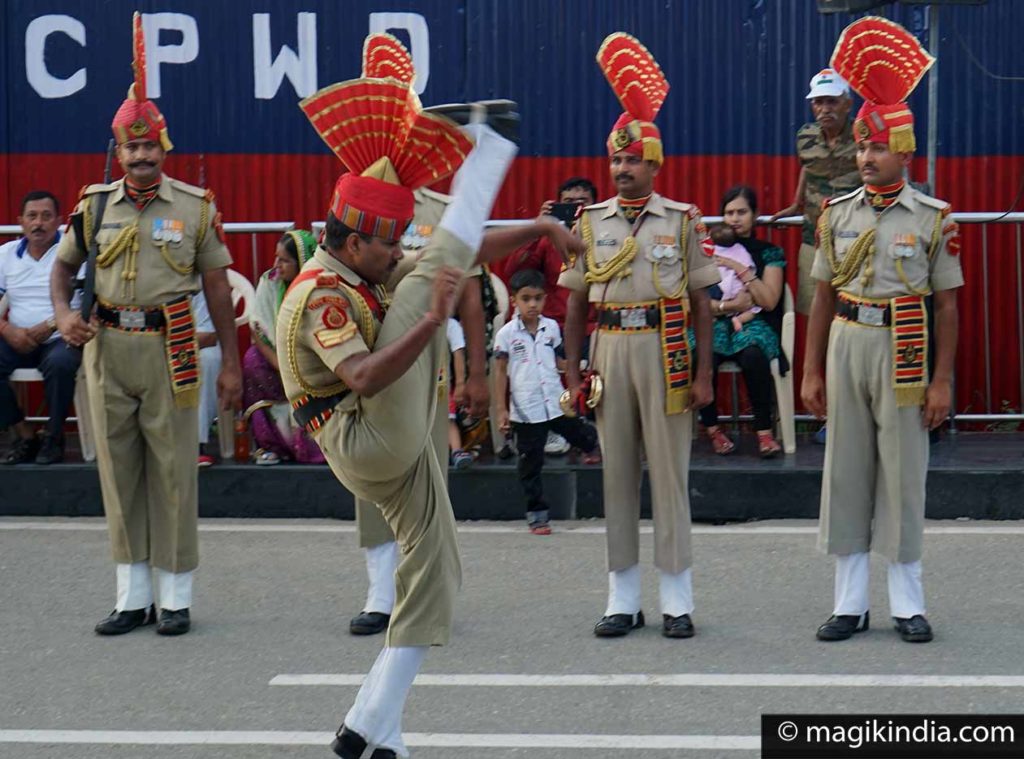
The Wagah Border is the only open border crossing India and Pakistan and which is officially accessible by both the nations.
Ever since 1959, every evening at sunset the Indian Border Security Force and the Pakistan Rangers ceremonially lower their countries’ flags at the border post.
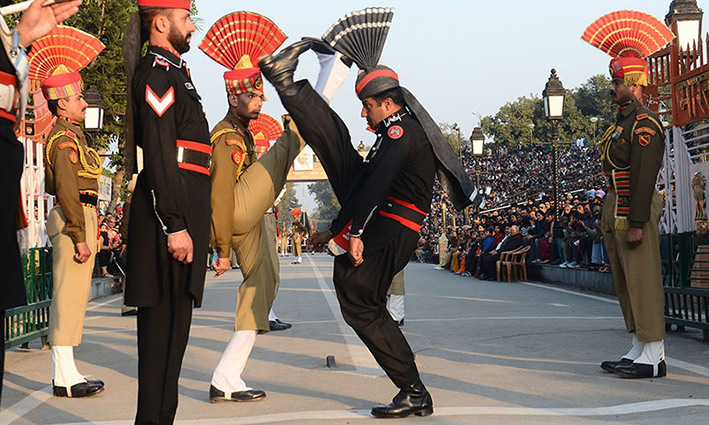
The ceremony involves of a fast, elaborately choreographed drill with complex footwork and demonstrations of strength by soldiers on both sides. It is a powerful expression both of the rivalry between the two countries and of their desire to cooperate.
At sunset, the iron border gates open and the two flags are lowered simultaneously. The flags are folded and the ceremony ends with a retreat involving a brief handshake between soldiers from the two sides. Then the gates are closed again.
The spectacle of the ceremony draws crowds of people from both sides of the border as well as foreign tourists.
